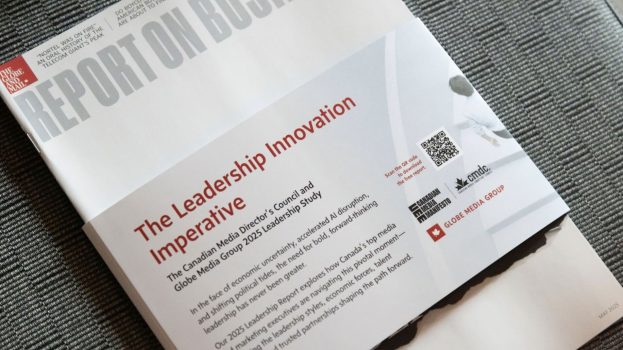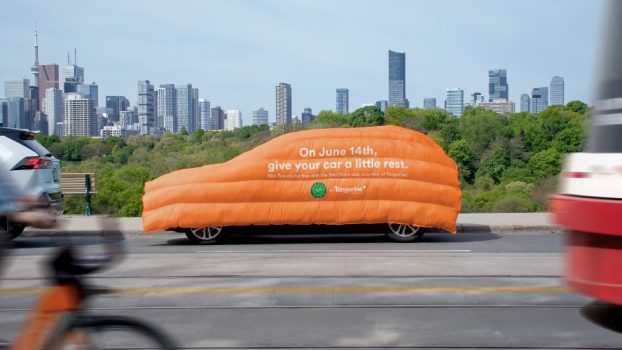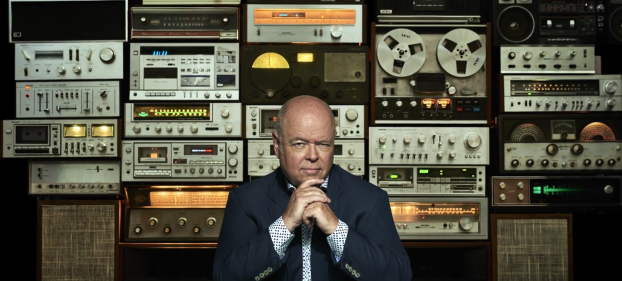Anecdotal evidence suggests our purchases are heavily influenced by our peers. A close friend obtains a shiny new gadget, prompting others within the social group (with an equal affinity for shiny things) to go out and get their own – or some variation of that scenario.
But new research suggests that assumption may be fundamentally wrong when the purchase in question is a custom-made product. When shown the customized purchases of their close peers, consumers are extra motivated to express their individuality and tend to opt for their own variation of a product – even if it means paying more or putting aside their own product preferences – according to new research co-authored by Lisa Cavanaugh, an associate professor of marketing and behavioural science at the UBC Sauder School of Business and set to be published in the Journal of Consumer Research next month.
How it works
Take, for example, a pair of Vans sneakers, as the authors do in their paper.
A customer sees the custom-made kicks of a friend and later visits the Vans website to design their own. Once there, she see examples of personalized sneakers displayed alongside an Instagram handle. How she will choose to customize her own Vans will depend on whether or not she recognizes the handle as belonging to someone close to her or not (i.e. a close friend or a distant acquaintance).
Let’s say the handle belongs to her best friend. In that case, the researchers found, she would infer the friend was aiming to express individuality (or a sense of “uniqueness”) and she would want to do the same – by customizing a product different from her friend. That desire may be so strong, in fact, that she puts aside her preference for a certain colour or pattern and chooses to incur additional costs in order to customize her shoes in a different way.
But, the researchers found, the opposite would likely take place if she were shown samples of products customized by people outside of her social circle. Encountering a stranger’s custom-made pair of Vans would more likely lead her to be inspired to use the elements she likes from those shoes, because the desire to be unique would not be as intensely felt.
“If the stranger has customized something and I like it, I might just do the exact same thing, without any concern, because I don’t necessarily adopt or catch the motivation of people I don’t know as well,” Cavanaugh says.
To arrive at this finding, Cavanaugh and her co-authors, Jennifer K. D’Angelo and Kristin Diehl from the Marshall School of Business at the University of Southern California, tested eight different scenarios across different product categories, from clothing and phone cases to music playlists.
The range of tests enabled them to cross out potential alternative motivations, such as wanting to avoid negative reactions from people within their social networks after copying their aesthetic, for example. It also enabled them to show the phenomenon is limited to customizations that are “identity relevant,” such as colour, style or pattern, Cavanaugh says. Functional customizations, such as the kind of insole or the width of the shoe, do not create the same level of desire to be unique.
How marketers can leverage it
Cavanaugh has spent a lot of time studying the concept of “social distance” in consumer behaviour, dating back to her time as a PhD student. “It’s a really powerful hammer,” she says, and “we’re only starting to understand its role in online marketing in the social media context.”
Peer-to-peer marketing has become an important lever for marketers, she says, making it even more important to think through how these findings can apply to their own brands.
Companies can capitalize on it in a few different ways. For example, brands can promote rare options – new flavours or limited-edition designs – by priming them with custom-made samples on their websites or social channels and inflating that desire to be unique. Cavanaugh says the research shows how even promoting items on the “best-seller” list can prompt the opposite reaction from customers, as long as their desire to be different is activated.
And, of course, the opposite result can be achieved by using samples from people who are more socially distant. To drive sales of popular products, such as those on the best-seller list, the brand could just promote the customized products of those outside the target’s social network.
“Marketers often have more information about that social distance than they realize, based on various cues, both in terms of whether or not someone is connected,” Cavanaugh explains. “This is observable without even consumers divulging this information.”
Photo courtesy of Justin Wolfe via Flickr
























